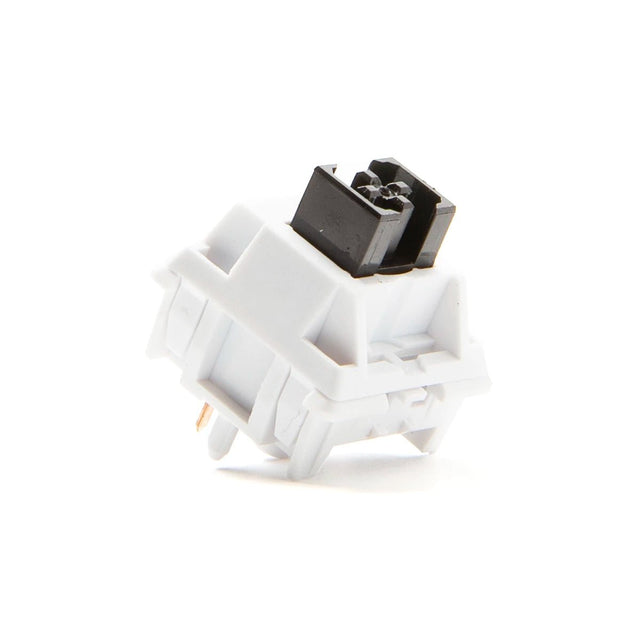Keyboard modding enthusiasts often seek out specialized tactile switches for more precise keystrokes.
Discovering the Advantages of Tactile Switches for Your Following Task
Tactile switches, characterized by their visible comments, are crucial for boosting individual interactions in modern technology. As sectors significantly focus on easy to use interfaces, the fostering of tactile switches throughout different sectors-- from customer electronics to commercial equipment-- values factor to consider.

Comprehending Tactile Switches Over: Just How They Work and Their Types

These buttons are available in different kinds, including dome, fallen leave, and tablet. Dome switches, which make use of a rubber dome to provide resistance, are prominent for their durability and cost-effectiveness. Leaf switches, on the other hand, feature a level, spring-like system that uses a sharper click. Tablet switches are recognized for their small dimension and are commonly utilized in tools with area restraints. Each type supplies unique tactical actions customized to particular application demands and user choices.
The Function of Tactile Comments in User Experience
Customer experience is significantly boosted by responsive responses, which works as a vital bridge between the gadget and its individual. This kind of feedback is critical in environments where visual or acoustic signs might be less efficient or totally absent. Tactile switches, by their actual nature, give a physical response to user activities, confirming inputs through an obvious experience. This not just increases the accuracy of interactions however additionally quickens the customer's ability to complete tasks by decreasing the requirement for aesthetic verification.
In the realm of ease of access, responsive comments plays a critical duty. Hence, tactile feedback is basic in developing intuitive and effective user experiences (tactile switches).
Contrasting Tactile Changes With Other Sorts Of Switches
While tactile buttons provide clear-cut feedback that helps in access and individual self-confidence, it is necessary his response to check out how they stack up versus other sorts Clicking Here of buttons used in electronic tools. Linear switches, for circumstances, provide a smooth keystroke without the tactile bump, which can be more effective for jobs requiring fast vital presses, such as gaming. Nevertheless, they do not have the distinctive feedback that helps stop keying mistakes evident in tactile switches.
On the other hand, clicky buttons, similar to tactile variants, offer distinct responses. Fairly, responsive buttons strike a balance between the silent operation of linear switches and the loud guarantee of clicky switches, making them versatile for both loud and silent settings.
Practical Applications of Tactile Changes in Various Tasks
Countless contemporary electronics integrate responsive switches due to their dependable feedback and straightforward user interface. These components are particularly widespread in gadgets requiring specific individual control. For instance, customer electronic devices like keyboards, remote controls, and pc gaming controllers utilize responsive switches to enhance the individual experience by offering instantaneous tactile feedback upon actuation. This comments makes certain individuals of their input enrollment, which is vital in high-speed gaming or information entry jobs.
In addition, responsive buttons are located in numerous industrial applications. Medical devices additionally make use of responsive buttons, adding to their security and effectiveness.
Tips for Deciding On and Integrating Tactile Changes in Your Styles
When choosing tactile switches for various layout tasks, it is necessary to take into consideration several essential elements to guarantee optimal efficiency and assimilation. Initially, assess the force imp source needed for actuation and the button's life span. Developers should match these specifications with the application's needs to stop premature failure or customer pain - tactile switches. Next off, think about the size and footprint of the switch. Small layouts may necessitate smaller sized buttons, which could influence the responsive responses and durability.
Furthermore, the ecological conditions where the tool will run are essential. For tasks exposed to wetness or dust, choosing buttons with higher IP scores to withstand such aspects is advisable. Lastly, assimilation ease need to be assessed. The button ought to be suitable with the existing circuit design and installing needs. Utilizing switches with pre-soldered leads or those that supply clear soldering standards can streamline the assembly procedure, making certain a dependable and efficient assimilation right into the final product.
Conclusion
